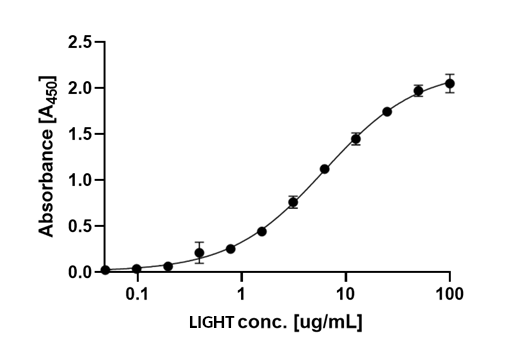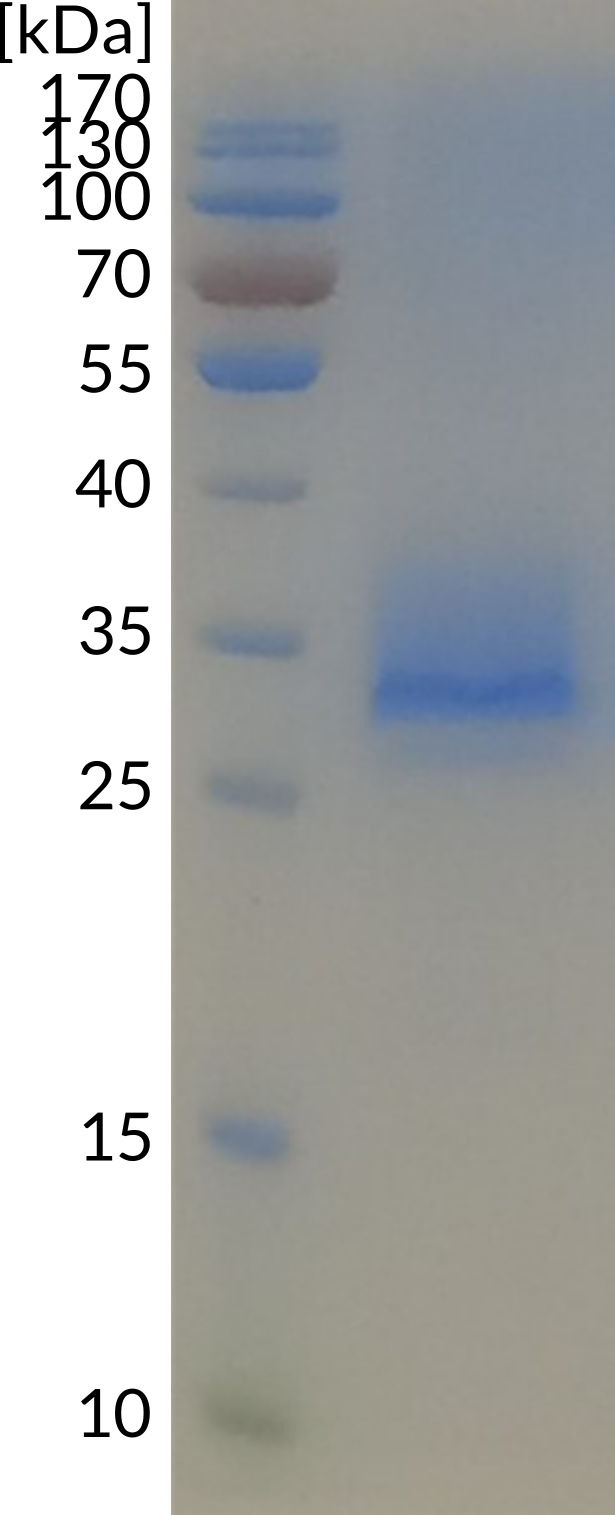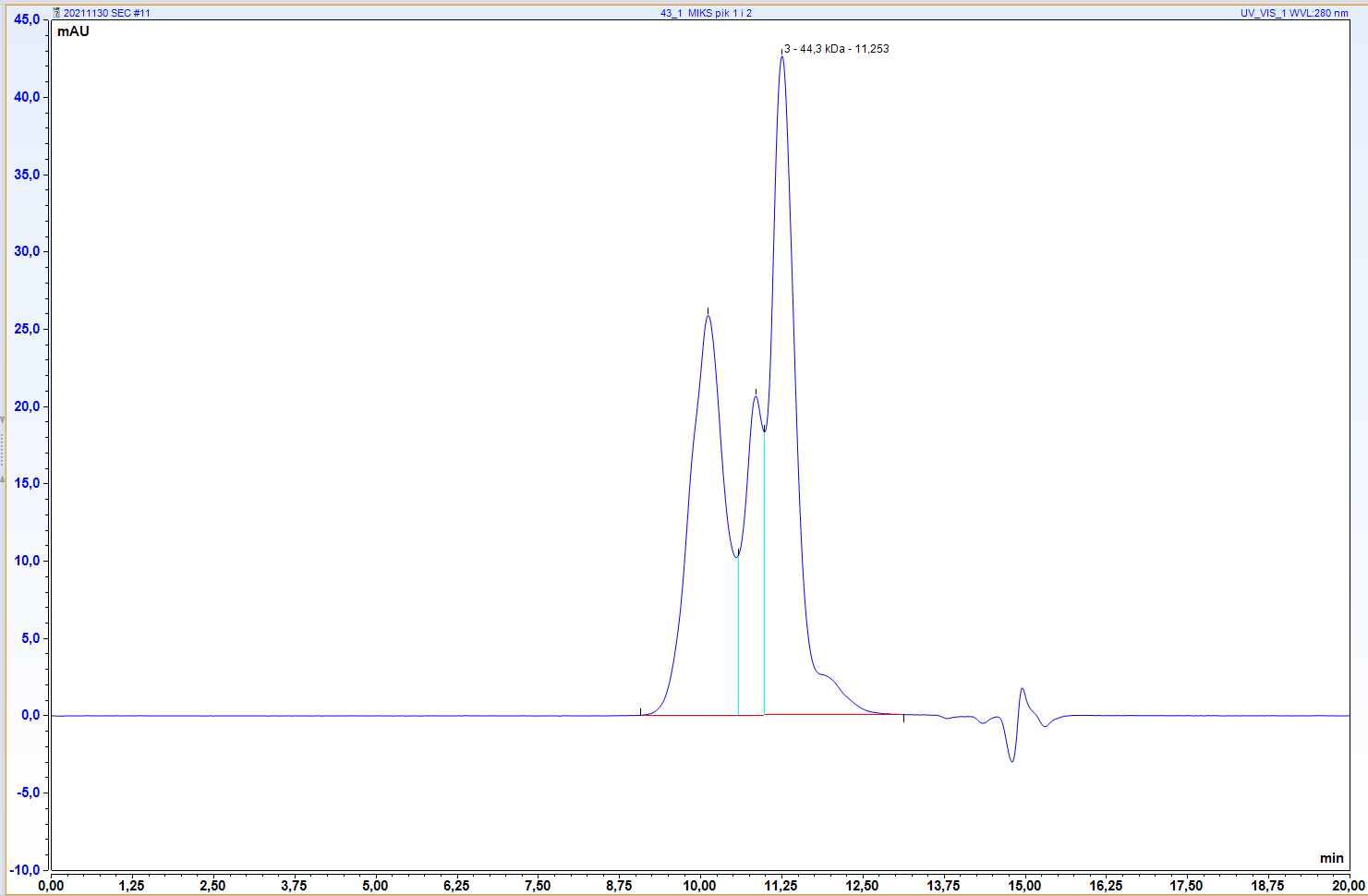Lymphotoxin-beta receptor
LTBR
| Alternative names |
TNFR-III |
| Known ligands |
LIGHT |
| Origin |
Homo sapiens |
| Accession number |
P36941 |
| R1-043-1 |
LTBR ECD (31-227) |
Fc-tag |
CHO |
Yes |
ELISA, WB, functional studies |
| R1-043-1a |
LTBR ECD (31-227) |
Tag free |
CHO |
Yes |
ELISA, WB, functional studies |
| R1-043-2 |
LTBR Unglycosylated |
Fc-tag |
CHO |
Yes |
ELISA, WB, functional studies |
| R1-043-2a |
LTBR Unglycosylated |
Tag free |
CHO |
Yes |
ELISA, WB, functional studies |
ORDER NOW
Lymphotoxin beta receptor (LTBR), also known as tumor necrosis factor receptor superfamily member 3 (TNFRSF3) is a cell surface receptor with calculated mass of 46,7 kDa, which binds LIGHT and heterotrimeric complex of lymphotoxins alpha and beta (LTα1β2). Major result of ligands binding to LTBR is induction of apoptosis. Cell death mediated by binding of either of ligands is dependent on TNF receptor-associated factor 3 (TRAF3) (1). Not only does the LTBR help trigger apoptosis, but it can also lead to the release of the cytokine interleukin 8. Overexpression of LTBR in HEK293 cells increases IL-8 promoter activity and leads to IL-8 release. It is expressed on the surface of most cell types, including cells of epithelial and myeloid lineages, but not on T and B lymphocytes. LTBR is also essential for development and organization of the secondary lymphoid organs and chemokine release (2).
- Rooney, I. A., Butrovich, K. D., Glass, A. A., Borboroglu, S., Benedict, C. A., Whitbeck, J. C., … & Ware, C. F. (2000). The lymphotoxin-β receptor is necessary and sufficient for LIGHT-mediated apoptosis of tumor cells. Journal of Biological Chemistry, 275(19), 14307-14315.
- Eldredge, J., Berkowitz, S., Corin, A. F., Day, E. S., Hayes, D., Meier, W., … & Farrington, G. K. (2006). Stoichiometry of LTβR binding to LIGHT. Biochemistry, 45(33), 10117-10128.




